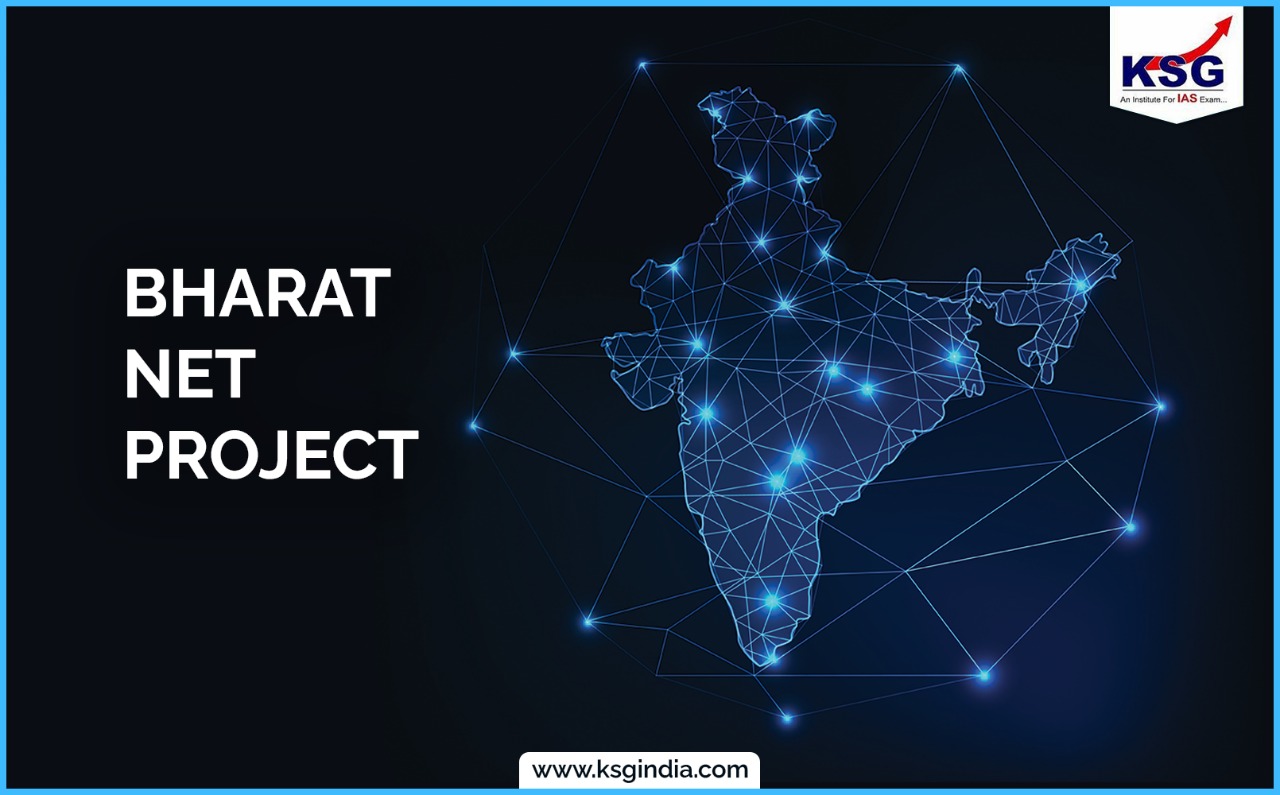Bharat Net Project

In its preliminary finding, the CAG has said the Narendra Modi government’s BharatNet programme, which intends to connect six lakh villages with high-speed Internet, failed to take off due to financial irregularities.
Bharat Net Project

In its preliminary finding, the CAG has said the Narendra Modi government’s BharatNet programme, which intends to connect six lakh villages with high-speed Internet, failed to take off due to financial irregularities.
What is Bharat Net Project?
BharatNet is a project of national importance to establish, a highly scalable network infrastructure accessible on a non-discriminatory basis, to provide on demand, affordable broadband connectivity of 2 Mbps to 20 Mbps for all households and on demand capacity to all institutions, to realise the vision of Digital India, in partnership with States and the private sector.
The entire project is being funded by Universal service Obligation Fund (USOF), which was set up for improving telecom services in rural and remote areas of the country. The objective is to facilitate the delivery of e-governance, e-health, e-education, e-banking, Internet and other services to the rural India.
Implementation Phases of BharatNet:
The project is a Centre-State collaborative project, with the States contributing free Rights of Way for establishing the Optical Fibre Network. The three-phase implementation of the BharatNet project is as follows:
- The first phase envisages providing one lakh gram panchayats with broadband connectivity by laying underground optic fibre cable (OFC) lines by Decmeber 2017.
- The second phase will provide connectivity to all 2,50,500 gram panchayats in the country using an optimal mix of underground fiber, fiber over power lines, radio and satellite media. It is to be completed by March 2019.
- In the third phase from 2019 to 2023, state-of-the-art, future-proof network, including fiber between districts and blocks, with ring topology to provide redundancy would be created.
Present Scenario:
The Union Cabinet approved a viability gap funding support of up to 19,041 crore for the implementation of the BharatNet project through Public-Private Partnership (PPP) model in 16 States.
The project will be extended to all inhabited villages beyond the gram panchayats in 16 States — Kerala, Karnataka, Rajasthan, Himachal Pradesh, Punjab, Haryana, Uttar Pradesh, Madhya Pradesh, West Bengal, Assam, Meghalaya, Manipur, Mizoram, Tripura, Nagaland and Arunachal Pradesh.
Public Private Partnership (PPP): involves collaboration between a government agency and a private-sector company that can be used to finance, build, and operate projects.
Viability Gap Funding (VGP): means a grant one-time or deferred, provided to support infrastructure projects that are economically justified but fall short of financial viability.
